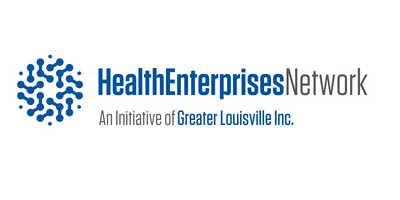 PatientPing, an Appriss Health company and the nation’s leading care collaboration platform, announced an expanded partnership with Stamford Health, a non-profit independent healthcare system committed to caring for its community through a wide range of high-quality health and wellness services, and the only hospital in Fairfield County to receive a grade of A from The Leapfrog Group and CMS 5-star ratings. Stamford Health has now incorporated PatientPing’s Route, a single solution to ensure hospitals achieve compliance with the electronic event notifications (e-notifications) Condition of Participation (CoP) published as part of the Centers for Medicare and Medicaid Services (CMS) Interoperability and Patient Access final rule that went into effect on May 1, 2021. As a result of the CoP, hospitals are now required to share electronic Admission, Discharge, and Transfer (ADT)-based event notifications with a patient’s care team, including post-acute and other community providers.
PatientPing, an Appriss Health company and the nation’s leading care collaboration platform, announced an expanded partnership with Stamford Health, a non-profit independent healthcare system committed to caring for its community through a wide range of high-quality health and wellness services, and the only hospital in Fairfield County to receive a grade of A from The Leapfrog Group and CMS 5-star ratings. Stamford Health has now incorporated PatientPing’s Route, a single solution to ensure hospitals achieve compliance with the electronic event notifications (e-notifications) Condition of Participation (CoP) published as part of the Centers for Medicare and Medicaid Services (CMS) Interoperability and Patient Access final rule that went into effect on May 1, 2021. As a result of the CoP, hospitals are now required to share electronic Admission, Discharge, and Transfer (ADT)-based event notifications with a patient’s care team, including post-acute and other community providers.
Stamford Health originally partnered with PatientPing in 2016 to monitor patients who frequently visit the emergency department. The healthcare system uses PatientPing’s platform to receive real-time notifications on these high utilizers to monitor care events and intervene to avoid admissions/readmissions.
The PatientPing network connects more than 1,250 hospitals, 7,800 post-acute care facilities, and hundreds of other providers such as Federally Qualified Health Centers (FQHCs), social and human service agencies, urgent cares, and behavioral health organizations among others. Built on this trusted national e-notifications network, PatientPing’s Route solution alleviates hospitals’ IT and data-sharing burdens to deliver the required electronic ADT event e-notifications when a patient has inpatient or emergency department visits. The solution creates full transparency, security, and visibility into the care journey to ensure the patient receives the most appropriate care in compliance with CMS. Stamford Health is also affiliated with The Connecticut Hospital Association (CHA), which endorsed PatientPing to help its hospital members across the state meet compliance with the CoP.
“Stamford Health is committed to our patients’ health and well-being. The expansion of our partnership with PatientPing to provide real-time e-notifications and interoperable patient data supports that goal, while achieving CMS e-notification CoP compliance,” said Rohit Bhalla, MD, MPH, Senior Vice President, Chief Clinical & Quality Officer, Stamford Health. “This application will help promote the delivery of timely and patient-centered care.”
Hospitals using Route can expect immediate compliance with post-acute providers and primary care groups who receive PatientPing e-notifications. The Route solution automatically manages all incoming provider requests for e-notifications and handles all outbound ADT data feeds to both providers and Health Information Exchanges/intermediaries. Route delivers e-notifications to any providers identified by patients during hospital encounters, such as primary care practitioners, as well as to requesting primary care groups, accountable care organizations, FQHCs, skilled nursing facilities, and home health agencies. Route also reduces the complexities around the execution of data share agreements with e-notification recipients.
“The e-notifications CoP rule was designed to help hospitals better serve their patients through improved care coordination and to enhance interoperability among providers. However, compliance with this CoP brings varying levels of complexity as hospitals are required to manage and respond to all these different requests—not just within their specific region, but potentially across the entire country as well,” said Jay Desai, head of strategy and partnerships at Appriss Health & co-founder of PatientPing. “As CIOs, health information management, and compliance executives work to implement solutions for sending real-time ADT e-notifications, the integration of our Route solution helps to minimize the administrative and technical burdens associated with being in compliance.”

Recent Comments